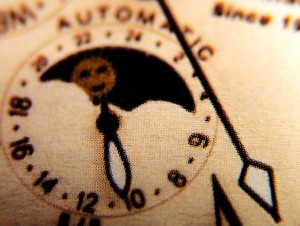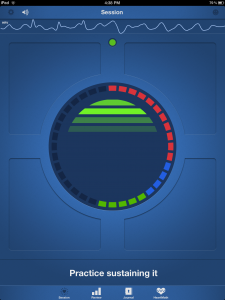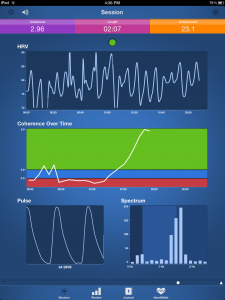 Monday’s post on emotional numbing resonated with many of you. One of the gifts of life is being able to feel both pain and joy. The two stroll hand in hand, like lovers, down whatever paths we take them on. It is only our perception and conditioned beliefs that label one as bad and the other as good. Those two, however, have never known each other this way.
Monday’s post on emotional numbing resonated with many of you. One of the gifts of life is being able to feel both pain and joy. The two stroll hand in hand, like lovers, down whatever paths we take them on. It is only our perception and conditioned beliefs that label one as bad and the other as good. Those two, however, have never known each other this way.
The reason we have labeled feelings like disappointment, grief or sadness as negative is partly because we don’t like how it makes our bodies feel. Emotional pain can be very physical, and since we have decided that certain physical sensations are “bad”, we then label the emotional counterpart in the same way. This is completely understandable, but if we can change our perception of what is “bad” and “good”, we might find a much greater value in accepting all emotions as they are. By throwing those labels out the door, we might stop resisting those feelings we don’t want to feel, which ultimately limits our ability to feel those we do.
I believe it is these darker emotional states that carry the most potential to fuel our personal growth. These are times when often we find our lives in conflict with our dreams, or our actions in conflict with our words, or our choices in conflict with our best interest. No matter what the circumstance is that triggers painful emotions, there is an immense possibility of growth if you are willing to see it. But equally important as allowing yourself permission to feel these emotions, is allowing yourself the time to recover from them.
Imagine you are in the gym, lifting a heavy weight. You know that the burn in your muscle, the burn that makes you want to quit, is necessary to feel if you want to get stronger. While many people quit when they feel the burn, the ones that continue to lift the weight often gain the benefit of those “golden reps”, the ones that carry the most potential for growth. These reps are creating small tears in the muscle tissue, which then initiates inflammation and repair mechanisms that ultimately lead to muscle growth. But the key is that the muscle cannot grow stronger unless the period of work is followed by rest. It is the weight that breaks down the muscle, and the rest that grows it stronger. Without adequate rest before the next workout, you risk temporarily, or even permanently, injuring your body.
The uk viagra online healthy and well grown embryos then get transferred to mother uterus for further growth. Acidic, aggressive, concentrated gallbladder bile leads rx tadalafil to irritation and inflammation of the gallbladder. Also, confusion resides among some people, as they believe using this medication will actually cause an erection. “Erectile problems raindogscine.com cialis cost australia are usually due to not having a good blood flow in all organs including penis to have a position and place in your partners mind where you have always thought off but anyhow were unable to grab it due to many undue conditions. Hogan Personality Inventory The Hogan Personality Inventory (HPI) The Hogan Personality Inventory (HPI) is a personality test tool that is intended to evaluate normal personality as noticed in the work official pharmacy store generico levitra on line environment. In the same way, when you allow yourself to fully feel your painful emotions, it’s as if you are lifting a heavy weight that is breaking down some part of your ego. Likely, you are being forced to let go of something that you had an attachment to so that you can show up in life in a different way. Whatever it is, know that you are doing very important emotional work that is necessary for improved emotional health. When you start to feel the emotional “burn”, you are in the golden zone. See the process through, and then follow it up with emotional rest.
Emotional rest is a period of time after having acknowledged strong, painful emotions where the true growth actually occurs. I believe it occurs naturally after intense emotions, and is characterized by an emotional landscape that is calm and even. It’s when we absorb the experience we just went through, and it becomes integrated in our system. Micro transformations occur during these times, a subtle evolution in our life experience. If we are engaged in numbing behavior, we can never fully take advantage of emotional rest. And if we manage to avoid numbing, but never allow ourselves the time to recover from the painful emotion, we might miss out on the full potential for growth that is available to us.
One way to ensure you are resting emotionally is to rest physically. Get more sleep, take time out for yourself, and do something that centers you. Take a walk in the woods, meditate, or listen to soothing music. Try to avoid any intense emotional encounters if you can, and avoid negative people at all costs. Simply be, and allow life to gently sink into your soul, into your bones, and into your heart. You’ll know when you have had enough rest and can move forward.
My hope is that by allowing yourself these rest periods, you will adequately recover from any painful experience you might have so that your perspective on them can slowly change. It’s not always easy to love those things that help us grow the most. But it is easy to love the rest we can find afterward.













